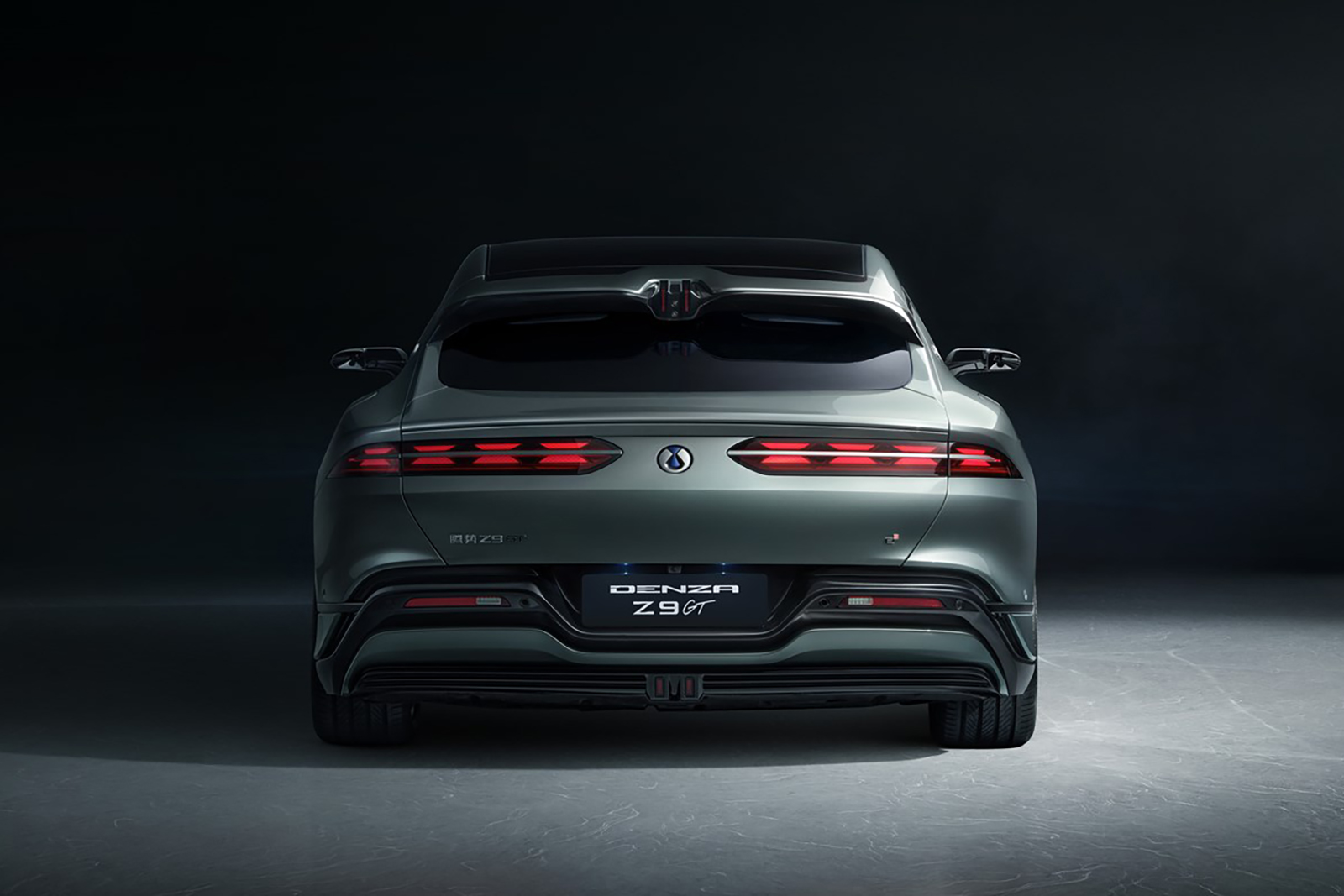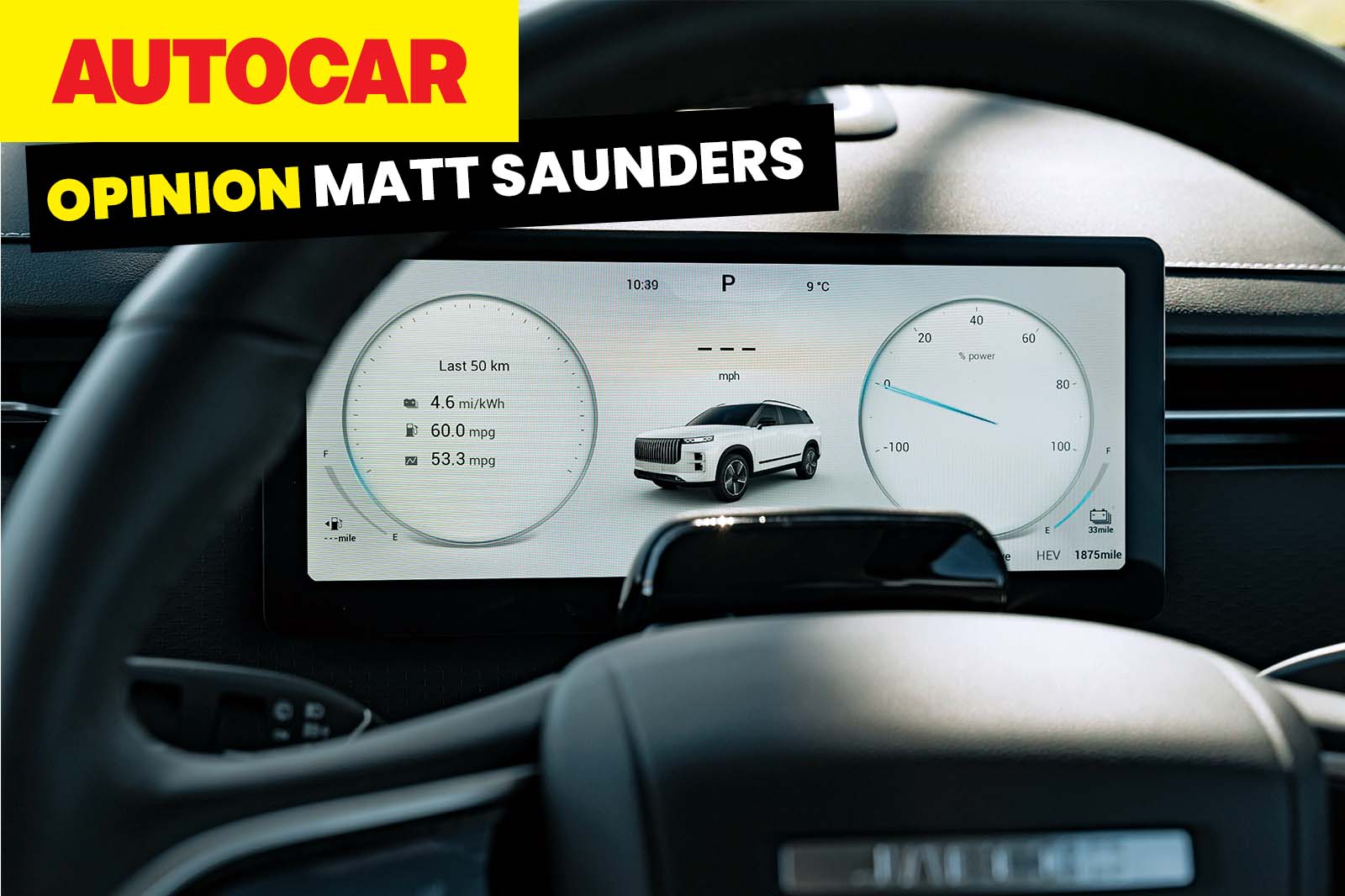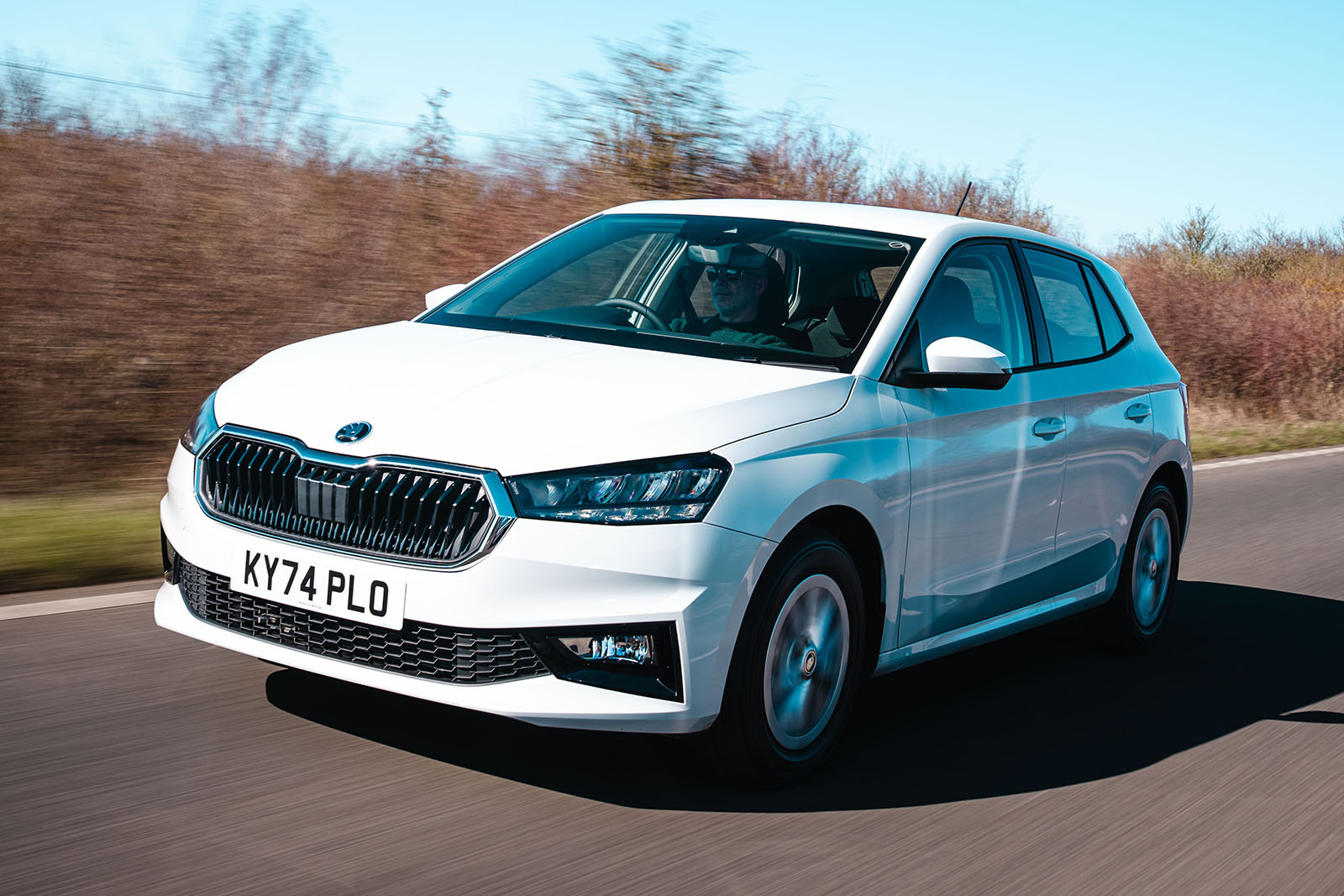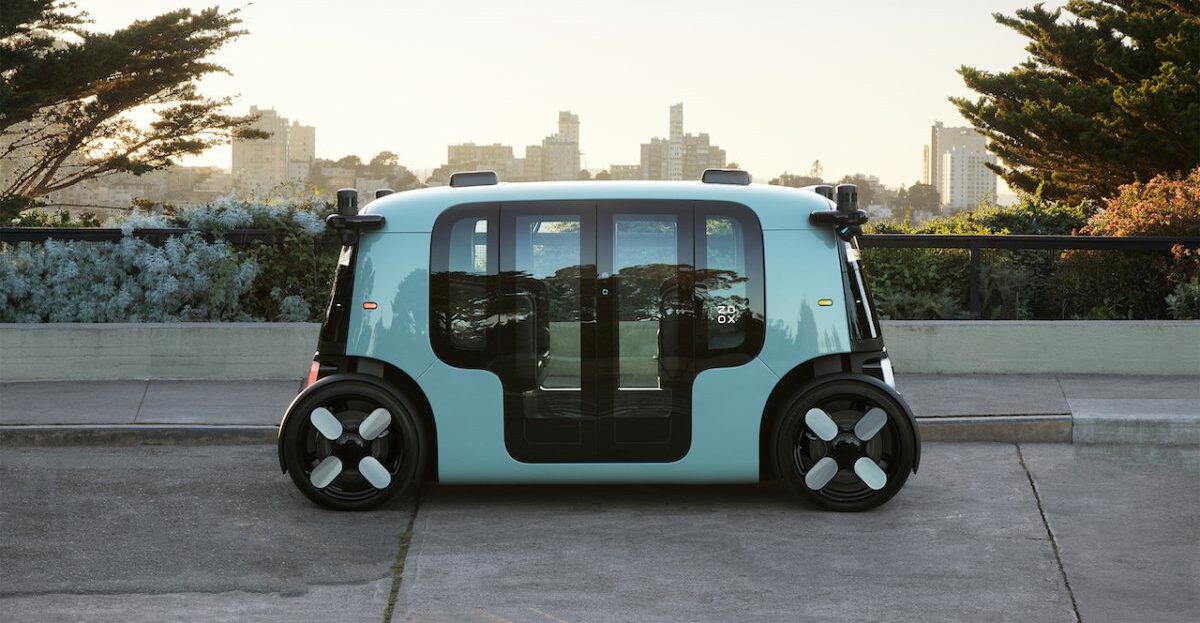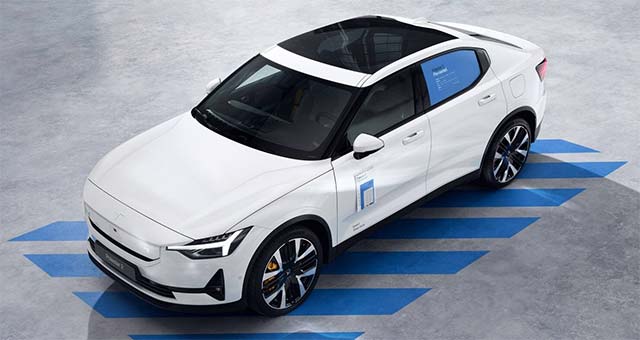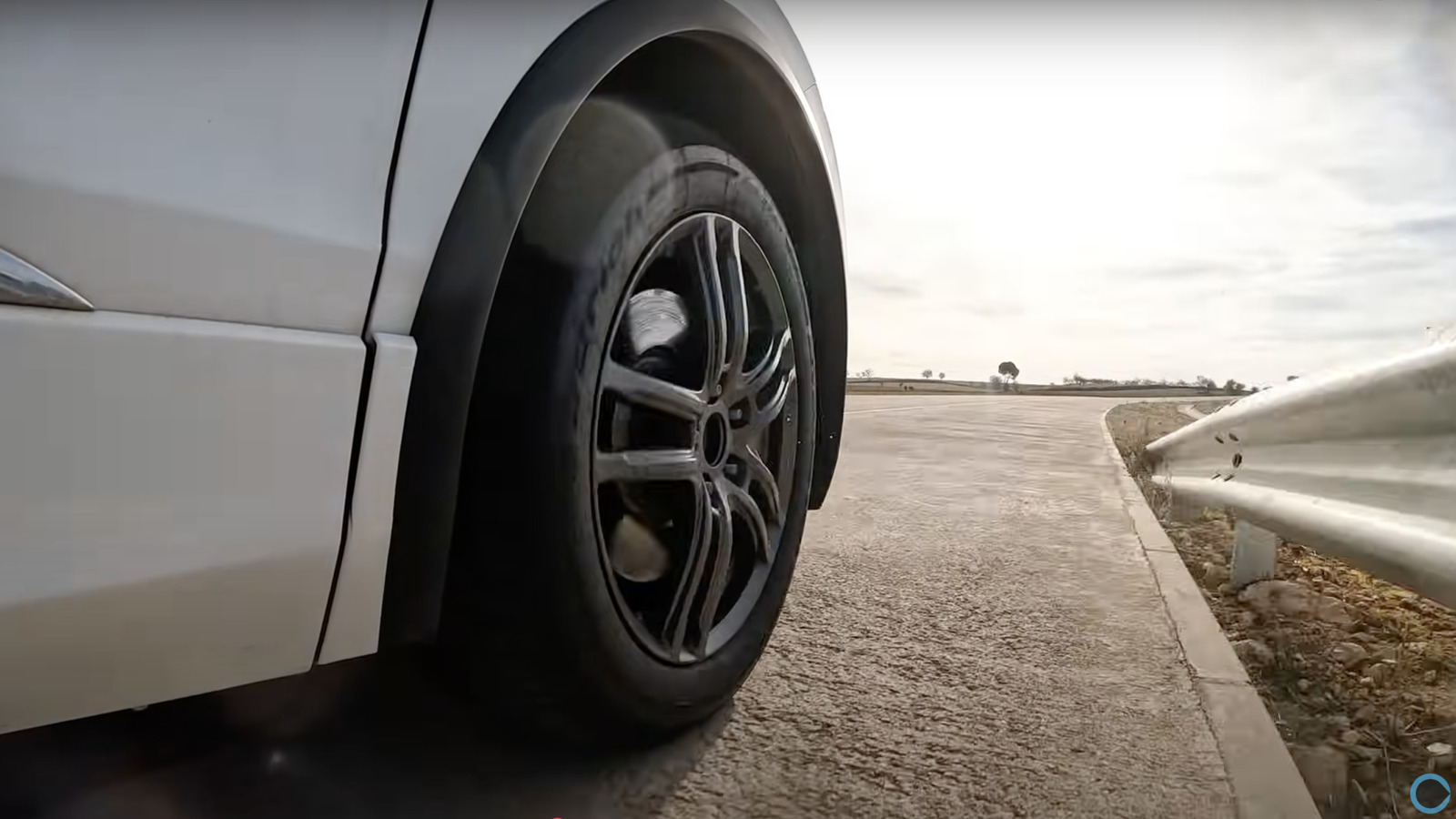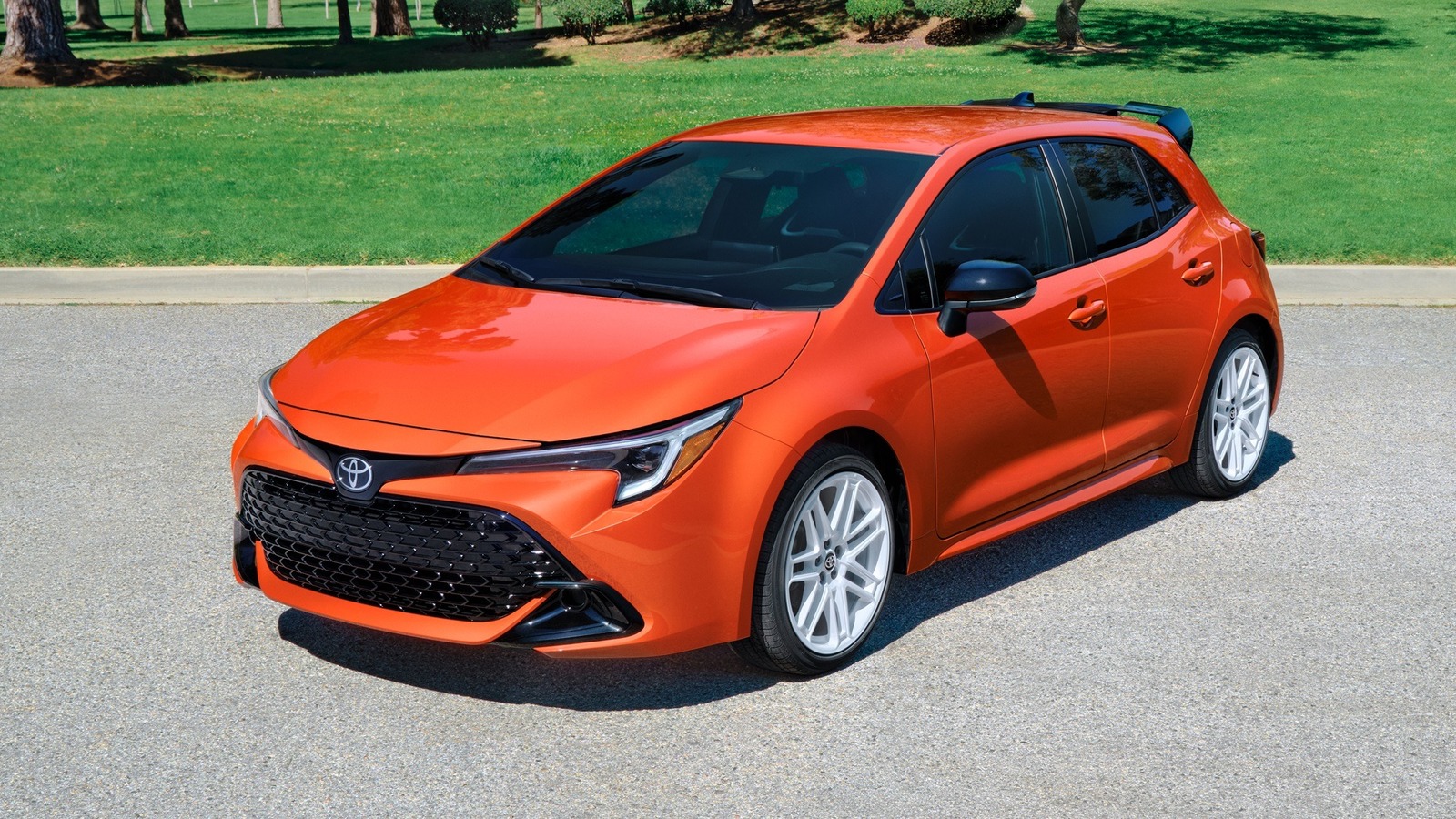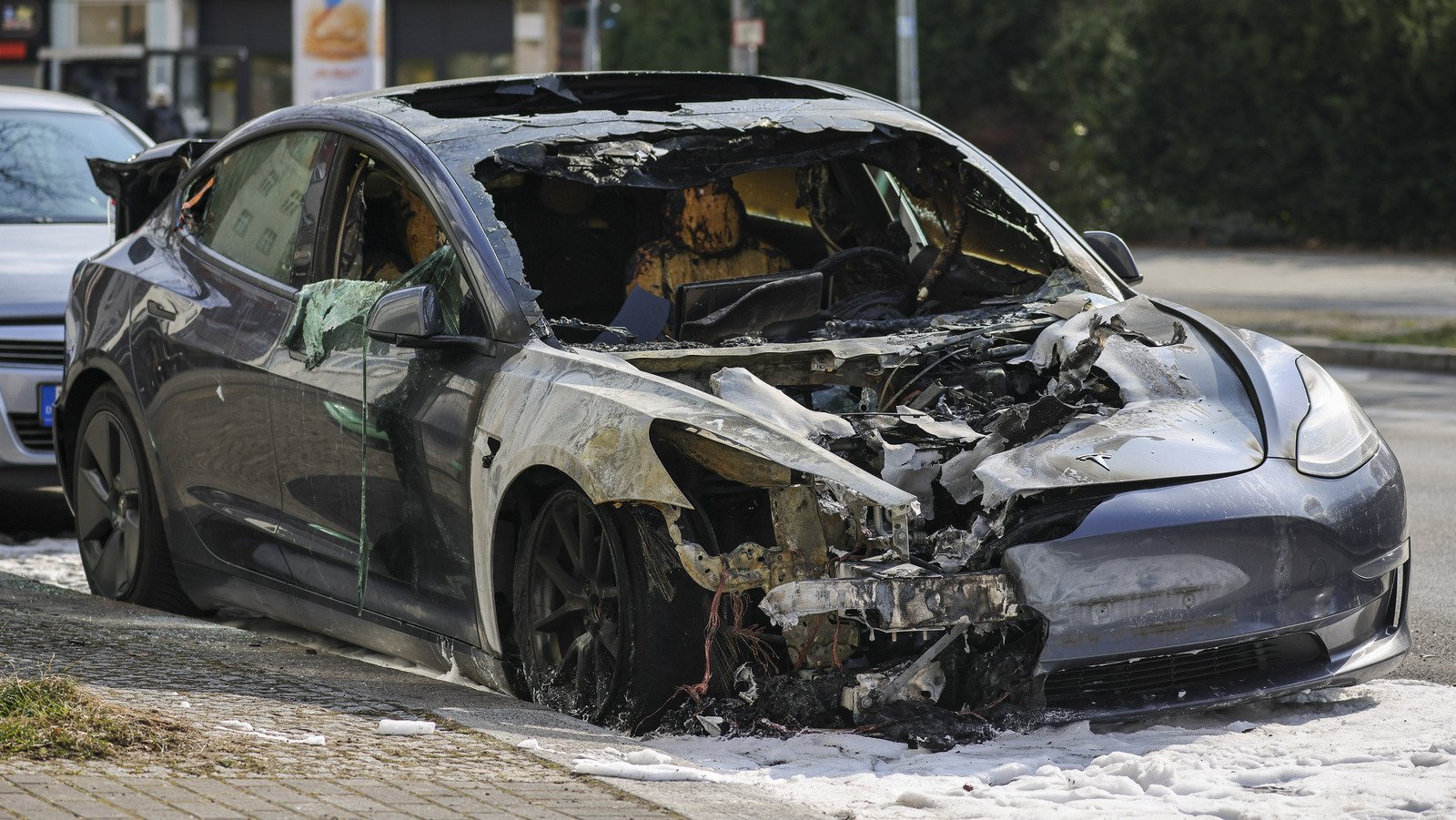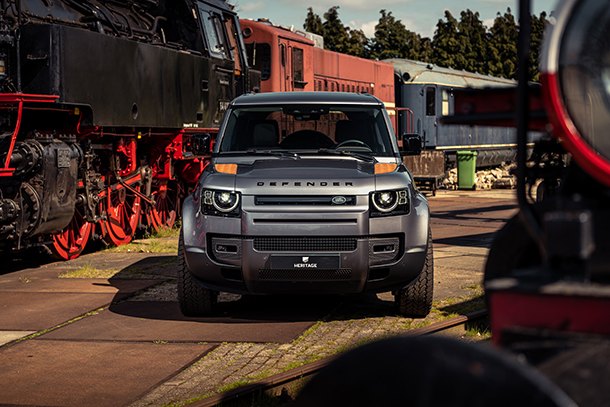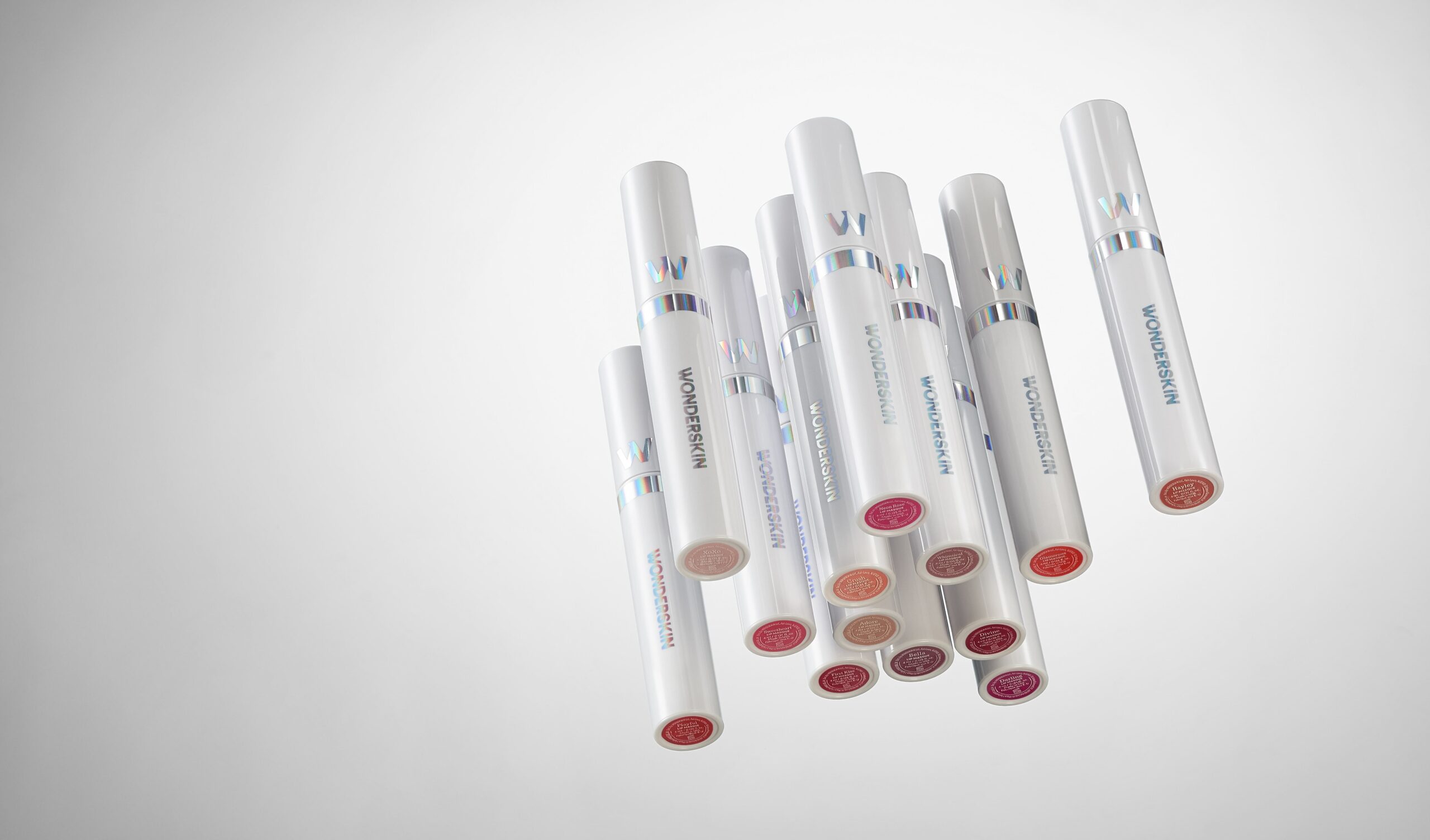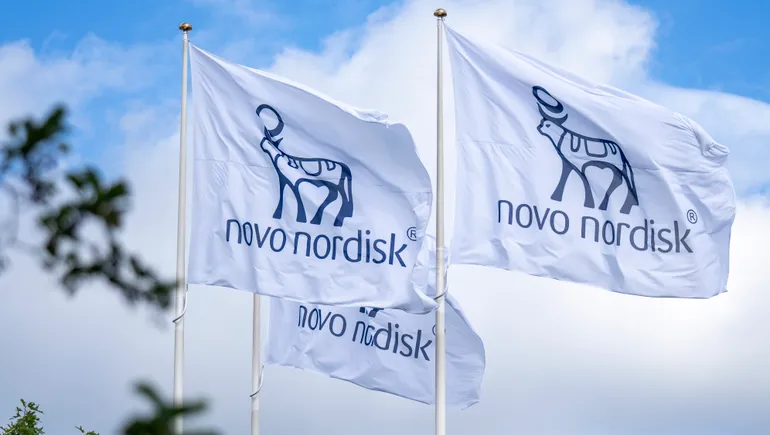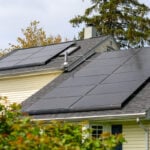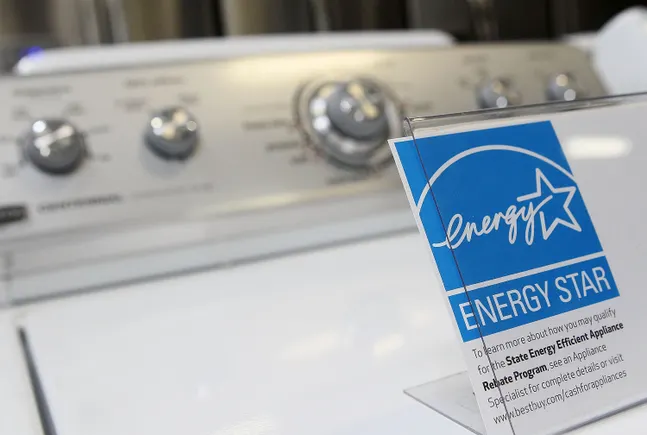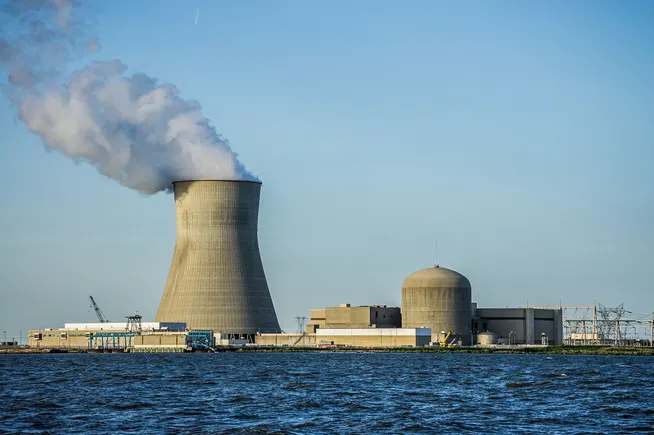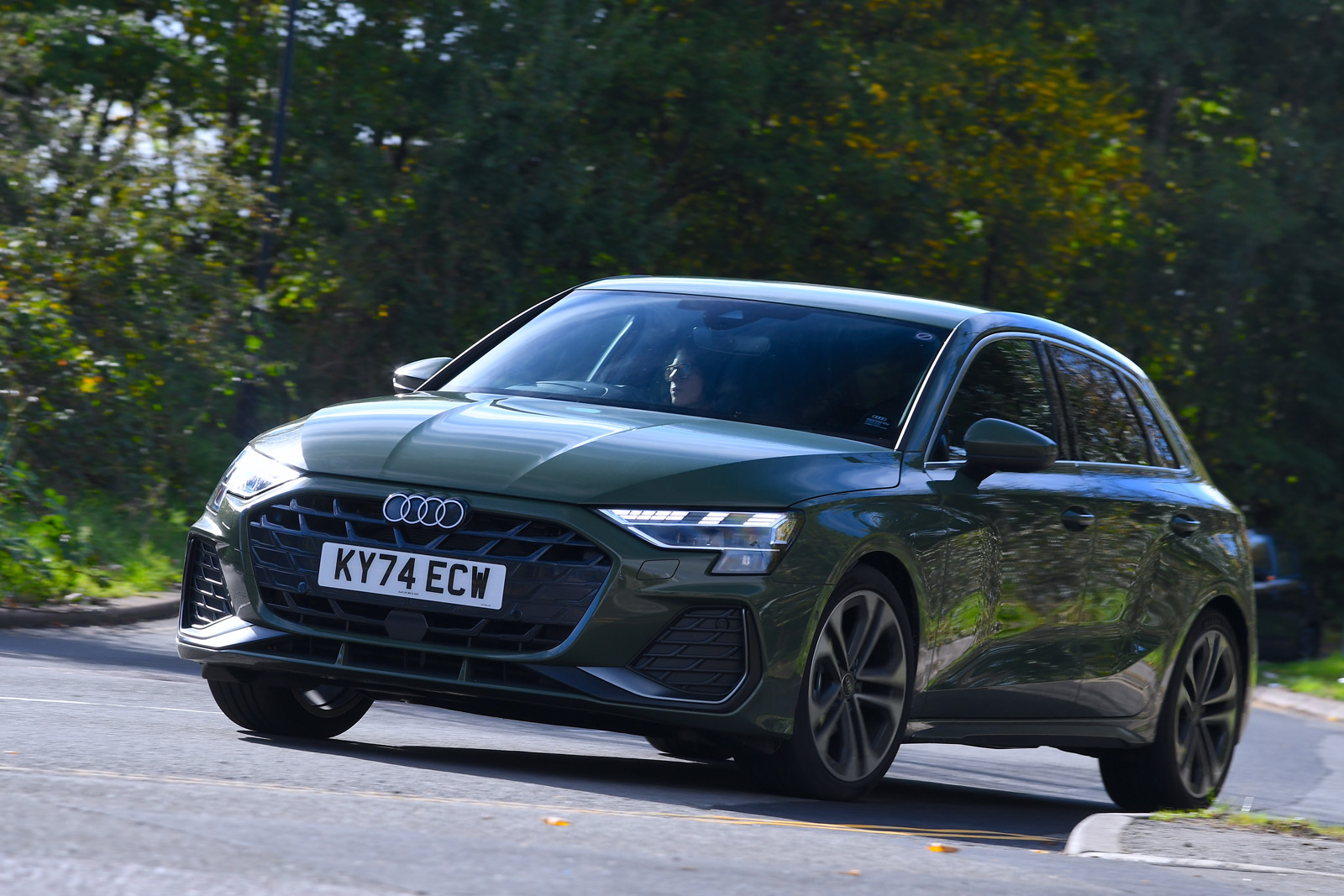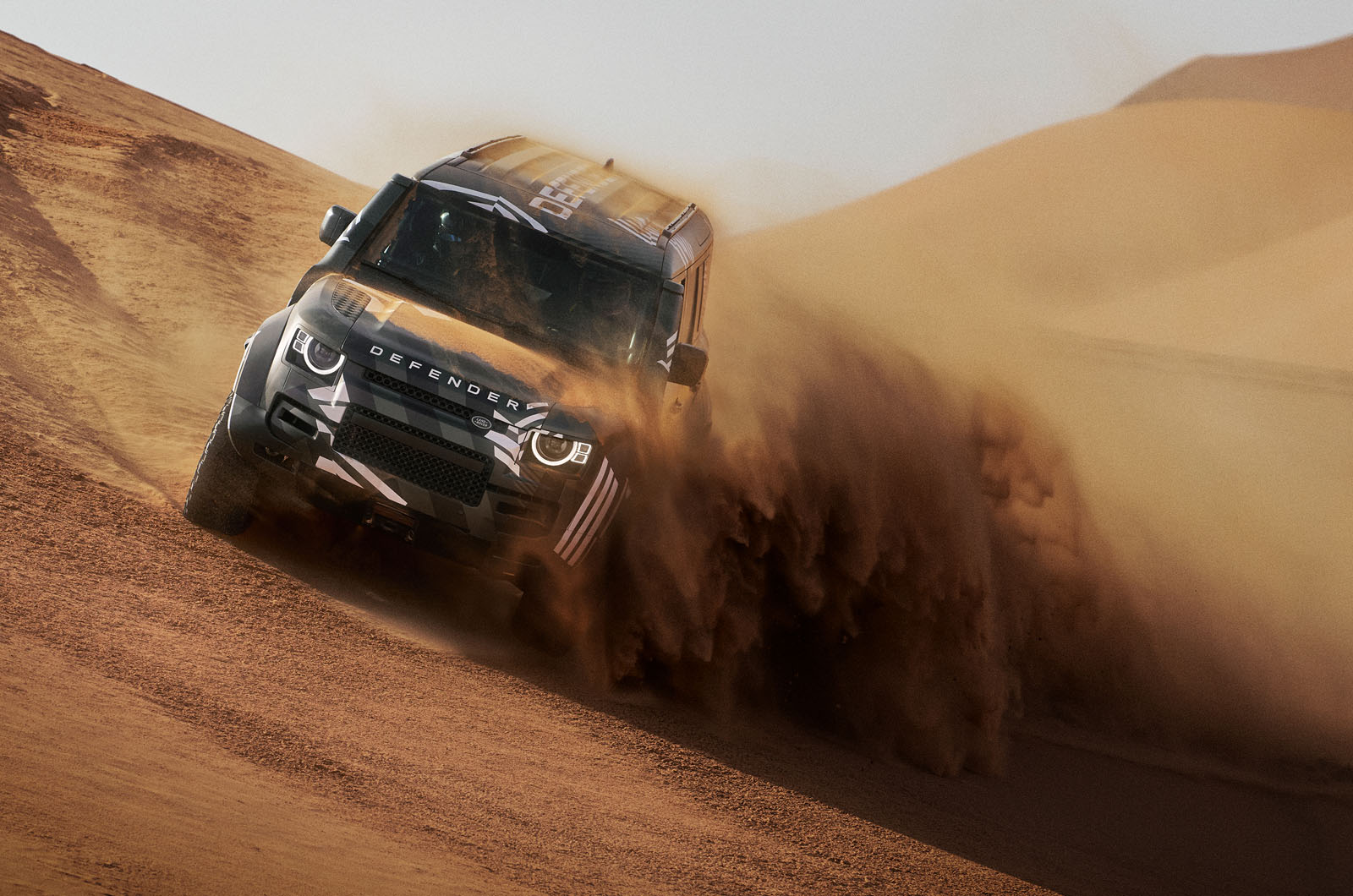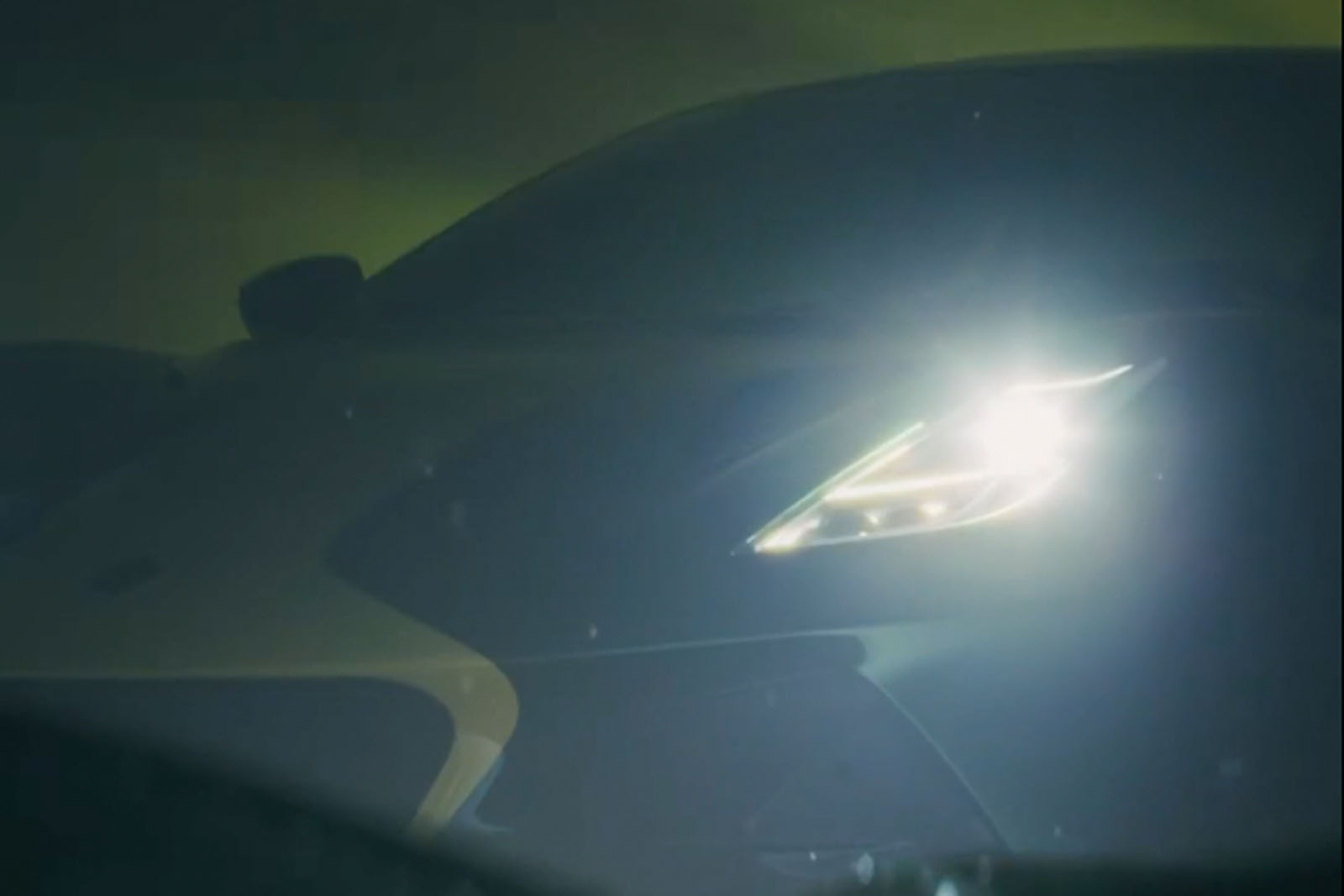New Range Rover Velar EV to embrace ethos of axed 'Road Rover'
Next-gen model will be a bigger, lower-slung EV with emphasis on upmarket appeal The Range Rover Velar will undergo a radical makeover next year, becoming an electric car with a genre-bending new body shape that will depart from its traditional SUV roots. It is slated to be launched just a few months after the electric versions of the Range Rover and Range Rover Sport. But while those models will be virtually identical to their combustion siblings, the Velar will adopt a rakish new profile that fuses elements of saloons and shooting brakes with the more upright silhouette of an SUV. The Velar’s international testing programme is now well under way and spy shots of prototypes suggest the upcoming car will be bigger than the current model, particularly in its length. That is no doubt in a bid to more obviously differentiate it from its Evoque and Range Rover Sport siblings – and potentially to free up space for a third row of seats. It also appears to ride closer to the ground, which would cement its positioning as the 4x4 brand’s most road-focused model and pitch it as a more obvious rival to the likes of the Porsche Macan Electric and BMW iX. Before JLR embarked on its wide-reaching ‘Reimagine’ transformation strategy, it was understood to have been developing a low-slung electric ‘Road Rover’ model that would have given Range Rover a rival to the likes of the Mercedes S-Class and BMW 7 Series but with some off-road ability. Plans for the Road Rover were put on ice when Jaguar scrapped the electric XJ it was to be twinned with, but the new Velar will adopt a similar ethos. The interior will follow the full-size Range Rover with an emphasis on upmarket appeal and no doubt take influence from that car’s minimalist, tech-centric layout with a focus on advanced functionality and high-quality materials. Such features are crucial to the success of any premium model in the competitive US, Middle Eastern and Chinese markets. JLR is working hard to ensure clear boundaries between each of its model lines, with Defender, Discovery and Range Rover each now operating as separate brands with distinct characters – all under the ‘trust mark’ of Land Rover. Range Rover will continue to be the most luxurious of the three, while Defender will lean on the go-anywhere abilities of its namesake model, and Discovery will be reinvented with a focus on family-friendly lifestyle credentials. Redesigning and repositioning the Velar in line with that brand identity will be key to refreshing its image and boosting its appeal. At seven years old, the current Velar is the slowest-selling of the four Range Rover model lines. It notched up fewer than 24,000 sales in the year ending 31 March, compared with the smaller Evoque’s 44,000. For reference, the Velar’s petrol-powered Macan rival achieved nearly three times as many sales in the course of 2024 – its ninth full year on sale. The Mk2 Velar’s bold new look is backed by a total overhaul beneath the skin. The new crossover is set to be the first car to ride on the new 800V EMA platform that JLR has developed for electrified SUVs. The EMA platform will also be used for the next Evoque and the compact Defender ‘Sport’ model that’s tipped to replace the Discovery Sport. All three cars are likely to be built at the company’s factory in Halewood, Merseyside, which is undergoing a £500 million overhaul that will enable it to build EVs alongside ICE- and hybrid-powered models. Technical details of the platform remain scarce but it will use a new generation of electric motors developed inhouse by JLR and batteries supplied by the Agratas factory that JLR parent company Tata is building in Somerset. It is understood that the initial plan is to launch the new Velar as an EV but the possibility of a future combustion version has not been ruled out. JLR announced last year that it was ramping up investment in new plug-in hybrid drivetrains in response to a “surprising” rise in demand, though it has not yet said whether the EMA platform will be able to accommodate them. Earlier details of the EMA programme suggested it was being engineered to host a range-extender system that used a small petrol engine as a generator for a traction battery but it remains to be seen if JLR deems this a viable option. While an exact launch date for the new Velar has not been officially confirmed, JLR CEO Adrian Mardell previously said the first EMA-based car is likely to arrive in around a year’s time. “We’ll first have MLA BEV with the Range Rover EV later [in 2025]. Then it’s the first vehicle off EMA, which will probably be springtime in 2026. Jaguar [the production version of the super-GT concept] will be after that,” said Mardell. Velar kicks off reshuffle of Range Rover line-up The Velar’s arrival will form part of the most significant recalibration of the Range Rover brand in its 55-year history. Arriving first will be the Range Rover Electric, which is understood to be scheduled for a debut before the end o

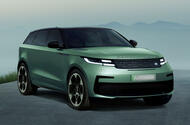 Next-gen model will be a bigger, lower-slung EV with emphasis on upmarket appeal
Next-gen model will be a bigger, lower-slung EV with emphasis on upmarket appeal
The Range Rover Velar will undergo a radical makeover next year, becoming an electric car with a genre-bending new body shape that will depart from its traditional SUV roots.
It is slated to be launched just a few months after the electric versions of the Range Rover and Range Rover Sport. But while those models will be virtually identical to their combustion siblings, the Velar will adopt a rakish new profile that fuses elements of saloons and shooting brakes with the more upright silhouette of an SUV.
The Velar’s international testing programme is now well under way and spy shots of prototypes suggest the upcoming car will be bigger than the current model, particularly in its length. That is no doubt in a bid to more obviously differentiate it from its Evoque and Range Rover Sport siblings – and potentially to free up space for a third row of seats.
It also appears to ride closer to the ground, which would cement its positioning as the 4x4 brand’s most road-focused model and pitch it as a more obvious rival to the likes of the Porsche Macan Electric and BMW iX.
Before JLR embarked on its wide-reaching ‘Reimagine’ transformation strategy, it was understood to have been developing a low-slung electric ‘Road Rover’ model that would have given Range Rover a rival to the likes of the Mercedes S-Class and BMW 7 Series but with some off-road ability. Plans for the Road Rover were put on ice when Jaguar scrapped the electric XJ it was to be twinned with, but the new Velar will adopt a similar ethos.
The interior will follow the full-size Range Rover with an emphasis on upmarket appeal and no doubt take influence from that car’s minimalist, tech-centric layout with a focus on advanced functionality and high-quality materials. Such features are crucial to the success of any premium model in the competitive US, Middle Eastern and Chinese markets.
JLR is working hard to ensure clear boundaries between each of its model lines, with Defender, Discovery and Range Rover each now operating as separate brands with distinct characters – all under the ‘trust mark’ of Land Rover. Range Rover will continue to be the most luxurious of the three, while Defender will lean on the go-anywhere abilities of its namesake model, and Discovery will be reinvented with a focus on family-friendly lifestyle credentials.
![]()
Redesigning and repositioning the Velar in line with that brand identity will be key to refreshing its image and boosting its appeal. At seven years old, the current Velar is the slowest-selling of the four Range Rover model lines. It notched up fewer than 24,000 sales in the year ending 31 March, compared with the smaller Evoque’s 44,000. For reference, the Velar’s petrol-powered Macan rival achieved nearly three times as many sales in the course of 2024 – its ninth full year on sale.
The Mk2 Velar’s bold new look is backed by a total overhaul beneath the skin. The new crossover is set to be the first car to ride on the new 800V EMA platform that JLR has developed for electrified SUVs. The EMA platform will also be used for the next Evoque and the compact Defender ‘Sport’ model that’s tipped to replace the Discovery Sport. All three cars are likely to be built at the company’s factory in Halewood, Merseyside, which is undergoing a £500 million overhaul that will enable it to build EVs alongside ICE- and hybrid-powered models.
Technical details of the platform remain scarce but it will use a new generation of electric motors developed inhouse by JLR and batteries supplied by the Agratas factory that JLR parent company Tata is building in Somerset.
It is understood that the initial plan is to launch the new Velar as an EV but the possibility of a future combustion version has not been ruled out. JLR announced last year that it was ramping up investment in new plug-in hybrid drivetrains in response to a “surprising” rise in demand, though it has not yet said whether the EMA platform will be able to accommodate them.
![]()
Earlier details of the EMA programme suggested it was being engineered to host a range-extender system that used a small petrol engine as a generator for a traction battery but it remains to be seen if JLR deems this a viable option.
While an exact launch date for the new Velar has not been officially confirmed, JLR CEO Adrian Mardell previously said the first EMA-based car is likely to arrive in around a year’s time.
“We’ll first have MLA BEV with the Range Rover EV later [in 2025]. Then it’s the first vehicle off EMA, which will probably be springtime in 2026. Jaguar [the production version of the super-GT concept] will be after that,” said Mardell.
Velar kicks off reshuffle of Range Rover line-up
The Velar’s arrival will form part of the most significant recalibration of the Range Rover brand in its 55-year history.
Arriving first will be the Range Rover Electric, which is understood to be scheduled for a debut before the end of the year. It will be based on the same versatile MLA platform as the ICE car, which was engineered from the off to accommodate an electric battery and motors. This will also be the case with the Range Rover Sport Electric, which is expected to be revealed soon after. The pair will share the Solihull production line with their combustion siblings.
These will be key models for the marque as its EV transition gathers pace. The pair, alongside the Defender, which is expected to gain an electric variant too, are JLR’s most profitable and popular models globally and made up more than half of JLR’s total output in 2024.
With some of the brand’s key markets – notably the UK, the European Union and several US states – scrapping the sale of new combustion cars in a decade’s time, it is crucial that JLR begins to transition the Range Rover brand from large-capacity petrol and diesel engines to EV power.
To ease that shift, it is targeting performance parity with today’s models in key areas. The Range Rover Electric, for example, will offer performance “comparable” to that of existing V8 models, said JLR, which top out with the rapid 626bhp Sport SV.
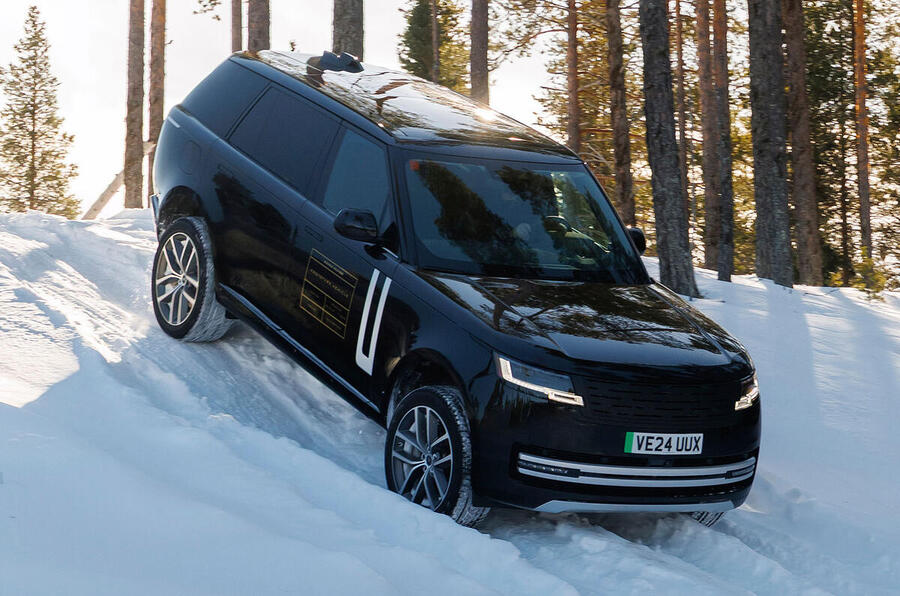
JLR bosses also say these models will have the same “go-anywhere” capability as the fuel-burners. Key to this is the introduction of a new Intelligent Torque Management system for the dual-motor powertrain, which replaces a conventional ABS-based traction control system. This is claimed to improve traction by reducing the time needed to send torque to a given wheel from around 100 milliseconds to as little as one millisecond.
While testing these systems in the deserts of the United Arab Emirates (where temperatures hit as high as 50deg C, with humidity levels of 90%), product engineering director Thomas Müller said: “Range Rover Electric matches the performance of its ICE equivalents – in some instances even surpassing them – thanks to the introduction of these new features.”
JLR has also promised that the EV will surpass other luxury electric SUVs in terms of towing, wading and all-terrain capability.
Specific details about the battery are still under wraps but JLR has confirmed the adapted MLA architecture will use an 800V charging system. Given that rivals such as the Lotus Eletre, with a 109kWh battery, are offering 315 miles of WLTP range, the Range Rover Electric will need to be competitive with them.
Arriving last will be the electric Evoque. It will use the same EMA platform as the Velar and, like its sibling, it is expected to be offered first as an EV. Like its bigger range-mates, a move to electric power will be vital to keeping the nameplate on sale beyond 2030.
While little is known about the next-generation car, it is not expected to move away from its current positioning as the entry point to the Range Rover line-up, given its popularity with buyers – especially in the UK, where last year it was JLR’s bestseller with 13,000 examples delivered, beating even the Defender.
Like the current car, it is set to be built at Halewood and will serve as a rival to the likes of the BMW X1, Lexus NX, Volvo XC40 and Cupra Terramar. JLR has yet to confirm a scheduled launch date for the next generation of its smallest model, but the current car turns seven this year, which is how old the first Evoque was when it retired.


















